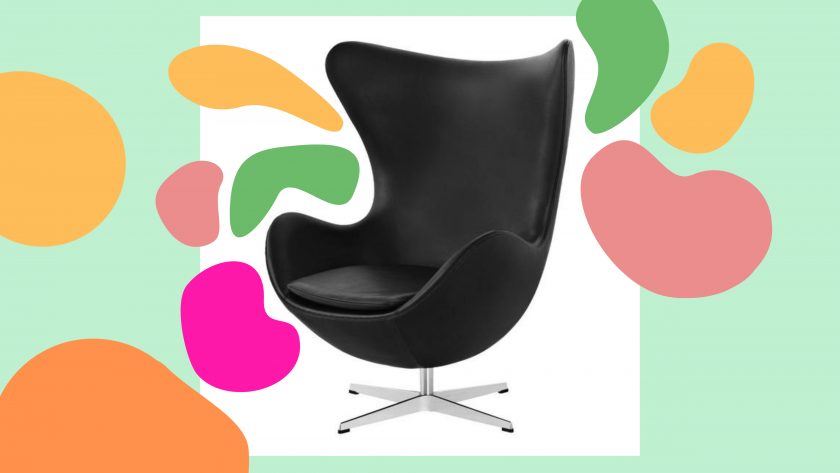
Our first #innovationwednesday starts with introducing Danish architecture and furniture designer Arne Jacobsen. Arne Jacobsen is one of the most influential modern chair designers. He graduated from the Architecture School at the Royal Danish Academy of Fine Arts and won several prizes with his chair designs. After graduation, 1929, Jacobsen won in the Danish Architect’s Association competition for designing the “House of the Future,” collaborating with Flemming Lassen. His early career started in his own office designing Bellevue Sea Bath, kiosks, season cards, uniforms, etc. During WW2, due to his nationality- Jewish Danes, Jacobsen fled to Sweden to escape from the Nazis for two years. After the end of WW2, he returned to Denmark and started his career as an architectural designer.

In 1958, Jacobsen got a commission from Radisson SAS Royal Hotel in Copenhagen to design couches for the hotel lobby. He came out with two different chairs named Egg and Swan Chair. Like its name, the Egg chair is formed with a carving, organic shape providing comfort. Because the chair was placed in the hotel lobby, the curved backrest hides people keeping their privacy. In the beginning, the enormous chair limited production because it required two entire cow-hides to cover the chair. Later on, Jacobsen solved the problem by using fabric instead of cow-hides.

Swan Chair’s outline also looks like its name, swan with two wings on it. This chair was also designed with curved lines and organic, soft forms. In the early 1960s, the upholstery process, cutting, gluing and stitching, was done by hand because of its complex shape. Swan Chair was not well-liked as Egg Chair at that time; however, after reintroducing in Fritz Hansen’s collection in 2000, it spread more than before and become known for Danish modern style (minimalistic furniture and housewares).



